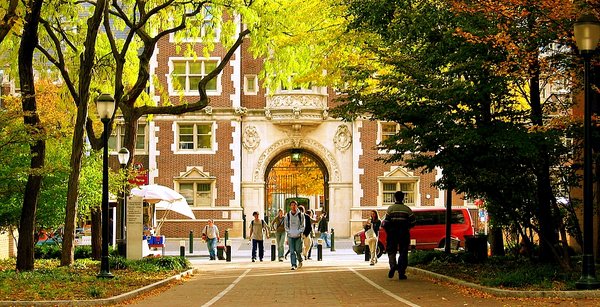Federal Department of Education data, reviewed by ProPublica, shows just how student loan debt is weighing down college students from low-income families.
The publication allows users to take a look at 6,000 individual colleges.
PhillyVoice takes a look at five local schools and provides direct links to the schools.
In the region, the clear leader was the University of Pennsylvania.
The school discounts tuition by 94 percent, down from $59,600 to $3,847 for low-income students, the second best in the country after Stanford.
The school’s generosity comes from $7.74 billion endowment.
The median federal debt of students at graduation is $21,500.
Temple University, on the other hand, discounts down to 38 percent for in-state students, from $27,247 to $16,759.
But more than a third of Temple’s students get federally-subsidized grants, while only about 14 percent of Penn students get the Pell grant.
At graduation, the median federal debt of Temple students is $25,799.
At Rutgers University-Camden, low-income in-state students get a 62 percent discount, down to $8,296 from $22,048.
Just over 43 percent get federal grants at Rutgers. And the median federal debt for graduates is $22,250.
Bryn Mawr College, discounts tuition for its lowest-income students by 76 percent, down to $14,097 from $57,586.
Median debt at graduation is $25,000 and 18.6 get federal grants.
West Chester University discounts tuition for its lowest income students by 34 percent, down from $24,997 to $16,581 for the lowest income students.
The median federal debt of grads at West Chester is $23,811 and just over 24 percent get federal grants.

